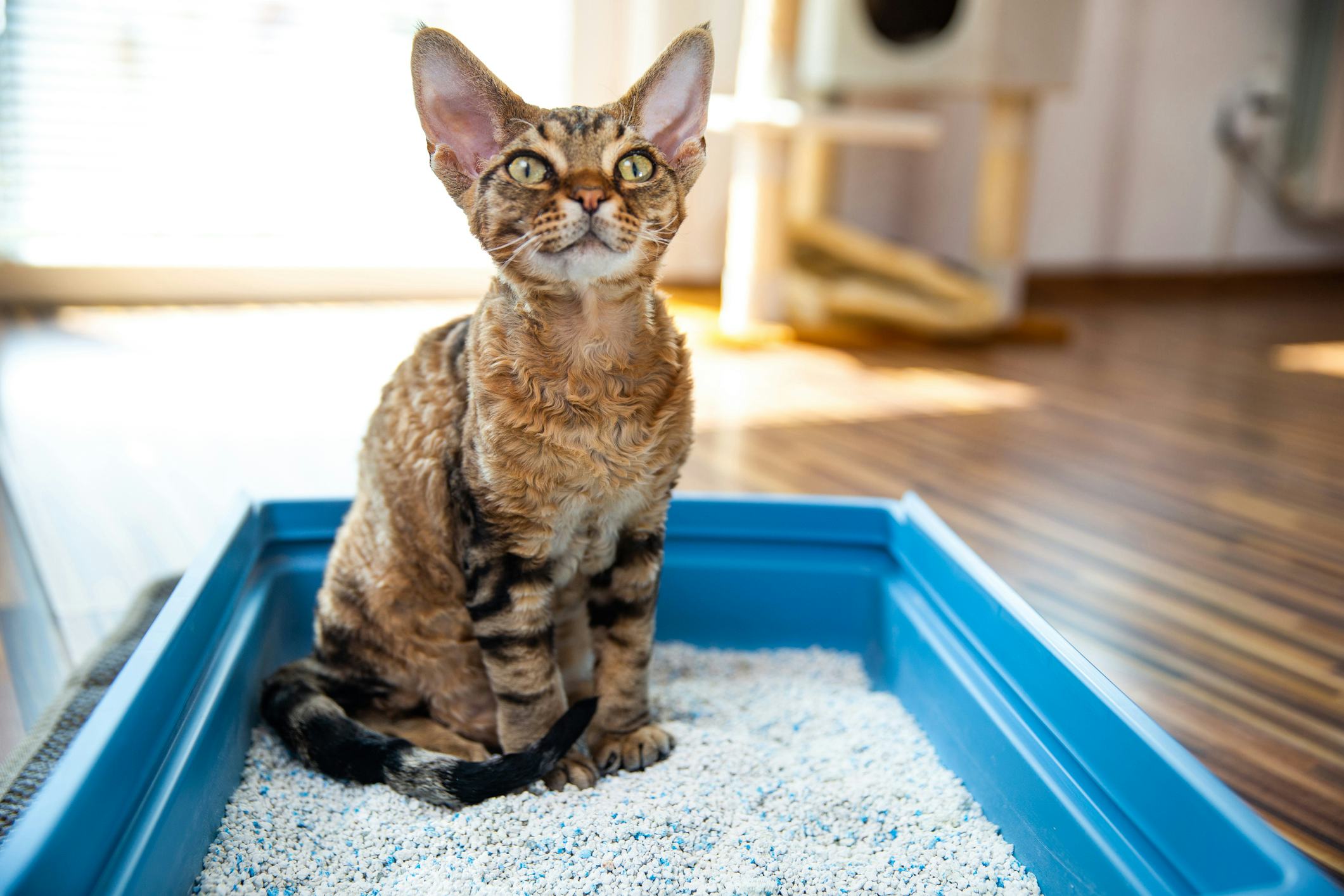Dangers of Flushing Cat Poop Down Your Toilet - Avoid Possible Problems
Dangers of Flushing Cat Poop Down Your Toilet - Avoid Possible Problems
Blog Article
What are your ideas with regards to Can You Flush Cat Poo or Litter Down the Toilet??

Introduction
As pet cat proprietors, it's necessary to be mindful of how we throw away our feline friends' waste. While it may seem practical to purge pet cat poop down the commode, this practice can have detrimental effects for both the atmosphere and human health and wellness.
Ecological Impact
Purging feline poop presents unsafe pathogens and parasites into the water system, posing a significant danger to aquatic environments. These pollutants can adversely affect marine life and compromise water quality.
Health Risks
In addition to environmental issues, flushing cat waste can likewise pose health risks to human beings. Pet cat feces might consist of Toxoplasma gondii, a bloodsucker that can cause toxoplasmosis-- a potentially severe illness, especially for pregnant females and people with damaged immune systems.
Alternatives to Flushing
The good news is, there are safer and extra accountable methods to throw away feline poop. Think about the complying with alternatives:
1. Scoop and Dispose in Trash
One of the most usual method of getting rid of pet cat poop is to scoop it right into a naturally degradable bag and throw it in the trash. Be sure to use a dedicated clutter inside story and get rid of the waste quickly.
2. Use Biodegradable Litter
Go with naturally degradable pet cat trash made from products such as corn or wheat. These trashes are environmentally friendly and can be securely gotten rid of in the garbage.
3. Hide in the Yard
If you have a yard, take into consideration hiding cat waste in a marked location away from vegetable gardens and water sources. Be sure to dig deep adequate to stop contamination of groundwater.
4. Set Up a Pet Waste Disposal System
Purchase a pet garbage disposal system specifically created for cat waste. These systems utilize enzymes to break down the waste, reducing odor and ecological effect.
Verdict
Liable pet ownership expands beyond supplying food and shelter-- it likewise entails appropriate waste monitoring. By refraining from purging cat poop down the bathroom and going with alternative disposal techniques, we can decrease our environmental impact and shield human health and wellness.
Why Can’t I Flush Cat Poop?
It Spreads a Parasite
Cats are frequently infected with a parasite called toxoplasma gondii. The parasite causes an infection called toxoplasmosis. It is usually harmless to cats. The parasite only uses cat poop as a host for its eggs. Otherwise, the cat’s immune system usually keeps the infection at low enough levels to maintain its own health. But it does not stop the develop of eggs. These eggs are tiny and surprisingly tough. They may survive for a year before they begin to grow. But that’s the problem.
Our wastewater system is not designed to deal with toxoplasmosis eggs. Instead, most eggs will flush from your toilet into sewers and wastewater management plants. After the sewage is treated for many other harmful things in it, it is typically released into local rivers, lakes, or oceans. Here, the toxoplasmosis eggs can find new hosts, including starfish, crabs, otters, and many other wildlife. For many, this is a significant risk to their health. Toxoplasmosis can also end up infecting water sources that are important for agriculture, which means our deer, pigs, and sheep can get infected too.
Is There Risk to Humans?
There can be a risk to human life from flushing cat poop down the toilet. If you do so, the parasites from your cat’s poop can end up in shellfish, game animals, or livestock. If this meat is then served raw or undercooked, the people who eat it can get sick.
In fact, according to the CDC, 40 million people in the United States are infected with toxoplasma gondii. They get it from exposure to infected seafood, or from some kind of cat poop contamination, like drinking from a stream that is contaminated or touching anything that has come into contact with cat poop. That includes just cleaning a cat litter box.
Most people who get infected with these parasites will not develop any symptoms. However, for pregnant women or for those with compromised immune systems, the parasite can cause severe health problems.
How to Handle Cat Poop
The best way to handle cat poop is actually to clean the box more often. The eggs that the parasite sheds will not become active until one to five days after the cat poops. That means that if you clean daily, you’re much less likely to come into direct contact with infectious eggs.
That said, always dispose of cat poop in the garbage and not down the toilet. Wash your hands before and after you clean the litter box, and bring the bag of poop right outside to your garbage bins.
https://trenchlesssolutionsusa.com/why-cant-i-flush-cat-poop/

Do you appreciate reading about How to Dispose of Cat Poop and Litter Without Plastic Bags? Write a comment directly below. We will be delighted to hear your opinions about this blog posting. In hopes to see you back again in the near future. Are you aware of someone else who is in the market for the subject? Take a moment to share it. Thanks for your time. Kindly visit our site back soon.
Estimating Report this page